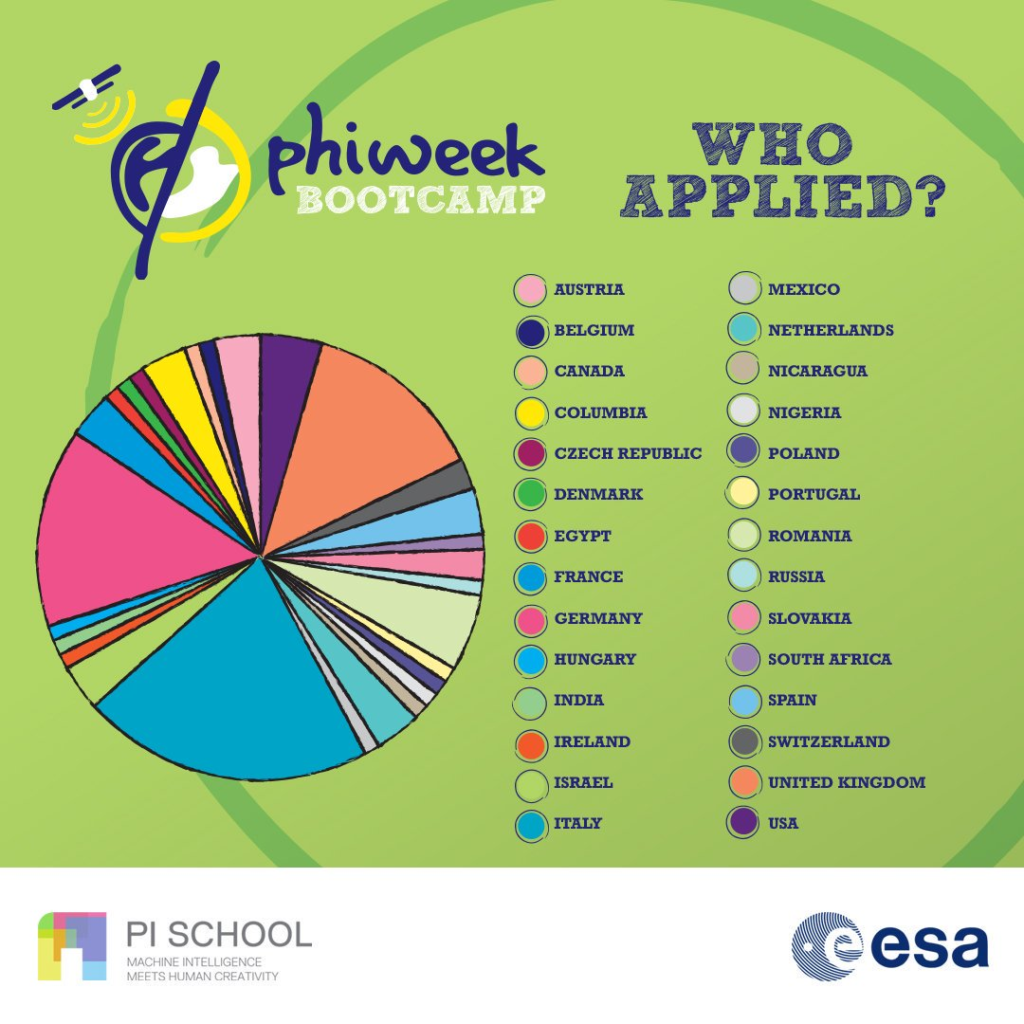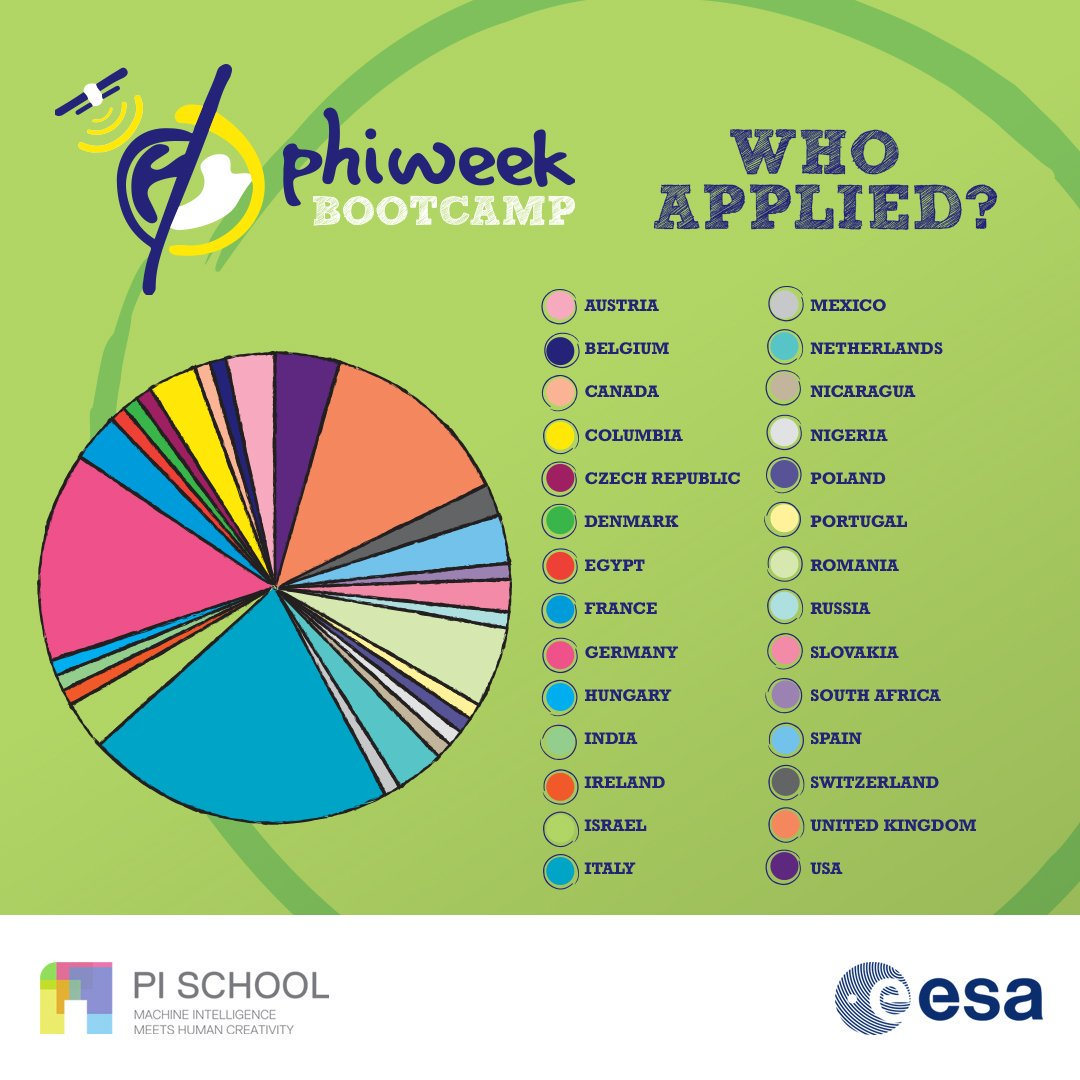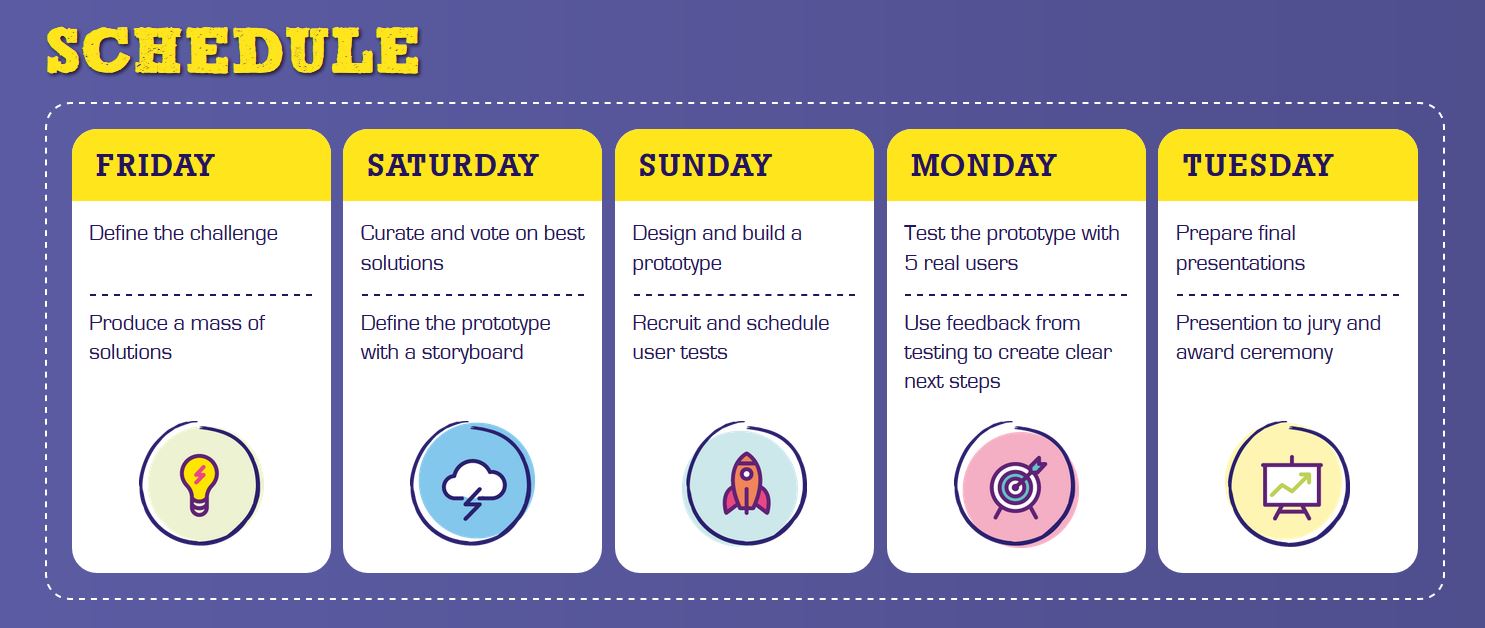Is the geospatial industry slowing becoming more gender balanced? Are women progressing proportionately into senior positions? Several years ago a wrote a blog post that touched on these topics (among others things) and since then I have gathered some more data so it is time for an update now with eight years worth of data.
I have previously published some statistics based on this analysis but I have now analysed the recent 2019 NZEUC attendance and can look at possible trends.
NZ Esri User Conference Attendee Gender Analysis
- 2012: 24% Female, 76% Male
- 2013: 21% Female, 79% Male
- 2014: 22% Female, 78% Male
- 2015: 25% Female, 75% Male
- 2016: 27% Female, 73% Male
- 2017 30% Female 70% Male
- 2018 31% Female 69% Male
- 2019 32% Female 68% Male
NZ Esri User Conference Attendee Manager Level Gender Analysis
The following percentages indicate the percentage of attendees whose position title indicated that they were at a management level (e.g. their title included ‘Lead’, ‘GM’, ‘CEO’, ‘Manager’ or similar, noting that ‘Project Manager’, ‘Account Manager’ and ‘Database Manager’ were not treated as being management level).
- 2012: 6% Female, 28% Male
- 2013: 5% Female, 27% Male
- 2014: 6% Female, 25% Male
- 2015: 6% Female, 24% Male
- 2016: 5% Female, 21% Male
- 2017 7% Female 19% Male
- 2018 7% Female 17% Male
- 2019 9% Female 19% Male
One responsibility in my current role is to assist with tasks around the New Zealand Esri User Conference so I have access to the attendee list data of that conference. Although this data doesn’t contain a male/female attribute a reasonable indication of gender can be inferred from the ‘first name’ attribute (discounting first names that are ambiguous for generally inferring gender such as ‘Chris’- unless I actually knew the person and could therefore attribute correctly based on personal knowledge: I know a lot of people in the industry so I am able to do this for many people on the list).
It is important to note that the overall total attendees at this conference has been increasing over the last few years so it is not the case that ‘fewer men are attending and more women’: there is a general increase in attendees of both genders if comparing totals and not percentages. There was a 14% increase in the total number of attendees at this conference compared to the preceding year.
Also note the following that in 2012 the Asia Pacific Esri User conference was merged with the NZ Esri User conference, so although I removed international visitors from the figures below to try to get a consistent domestic result 2012 was not an ‘identical’ conference to the other years and is likely to be an outlier for understood reasons.
The primary inference that can be drawn from these statistics is the greater number of males in the ratio of male to female attendees, and also the ratio of male to female managers. The trend however is again a slight increase in the proportion of female attendees this year.
While the percentage of female managers is has grown compared to last year it is interesting to note that the percentage of males as a percentage of attendees has had a very small increase, much less steep than the increase trend for females. The ratio of female managers to male managers is now at 32% (for the first time it is roughly the same as the ratio of females to males in the overall sample) this compares with 29% in 2018 and 27% in 2017.
There are some obvious drawbacks to this approach:
- Conference attendance may not be a representative sample of the industry as a whole, e.g. it is likely that conference attendance is something that managers do more than lower level staff?
- It is focussed on users of one type of vendor software
- Regrettably this methodology does not cater for any transgender classifications (and would be difficult to do so)
- May have false positives if in the sample there are any ‘men named Sue’(*hats off to The Man in Black!)
However these drawbacks should be assessed in conjunction with the advantages of having a repeated yearly snapshot from a fairly consistent event- therefore some trends can be fairly determined even noting these drawbacks.
The article that Josie Hawkey and I wrote for GIS Professional Magazine expands on this topic: https://www.gis-professional.com/magazines/gis-professional-april-2018.pdf
One other interesting thing to note is that at this conference there was an early careers network meeting of the ‘NZ Emerging Spatial Professionals’ group which had a roughly balanced gender attendance. Perhaps this could be an indication that more women are joining the industry at least at the early careers stage but women still seem to be poorly represented at the management levels? If so in future years the trends seen above are likely to continue. See: https://www.facebook.com/EmergingSpatialProfessionals/
Original post on this topic:
https://www.linkedin.com/pulse/20141022053852-64183500-gis-jobs-too-many-or-not-enough-spatial-women-also-skilled-immigration
Please note: while obviously Eagle are aware of and support me doing this analysis any views expressed are not necessarily the views of Eagle and I have carried out this analysis independently and on my own time.

 The PhiWeek Bootcamp is an intensive 5-day event, which aims to guide participants through the design sprint process, answering critical questions in the design, prototyping, and testing ideas relating to Earth Observation.
The PhiWeek Bootcamp is an intensive 5-day event, which aims to guide participants through the design sprint process, answering critical questions in the design, prototyping, and testing ideas relating to Earth Observation.



